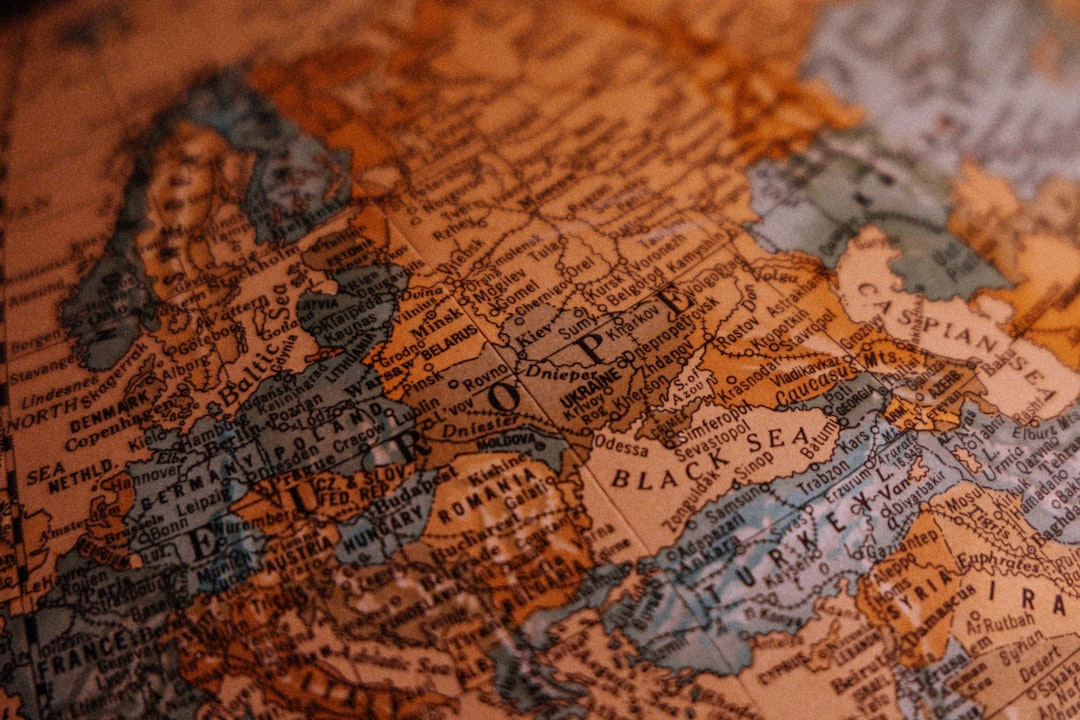Entering international markets is a significant step for any business, promising growth and expansion. However, navigating the diverse regulatory landscapes of different countries requires careful planning and understanding. One crucial aspect often overlooked is product certification. This comprehensive guide will illuminate the world of international product certifications, helping you understand their importance and how to successfully navigate the process.
Understanding the Importance of International Product Certifications
International product certifications are not merely bureaucratic hurdles; they are essential for demonstrating product safety, quality, and compliance with local regulations. These certifications act as a passport to your target market, proving that your product meets the required standards and is safe for consumers. Without the appropriate certifications, your products may be seized at customs, banned from sale, or face significant legal repercussions. Furthermore, certifications build consumer trust and enhance your brand reputation, giving you a competitive edge in the global marketplace. They also often open doors to lucrative government contracts and partnerships.
Types of International Product Certifications: A Diverse Landscape
The world of international product certifications is vast and varied, depending on the product type, target market, and specific regulations. Some of the most common types include:
- Safety Certifications: These certifications, such as UL (Underwriters Laboratories) in North America, CE marking in Europe, and CCC (China Compulsory Certification) in China, focus on ensuring the safety of your product for consumers and the environment. They often involve rigorous testing and inspection procedures.
- Quality Certifications: These certifications, like ISO 9001 (quality management systems), demonstrate your commitment to maintaining consistent product quality and meeting customer expectations. They are crucial for building trust and brand loyalty.
- Environmental Certifications: Growing consumer and regulatory concern for environmental protection has led to a rise in certifications like RoHS (Restriction of Hazardous Substances) and REACH (Registration, Evaluation, Authorisation and Restriction of Chemicals) in Europe, focusing on reducing the environmental impact of products.
- Industry-Specific Certifications: Many industries have their own specific certification requirements. For example, the medical device industry has stringent regulatory pathways and certifications (like FDA approval in the US) that must be met before products can be sold.
- Regional Certifications: Certain regions or trading blocs have their own certification schemes. For example, products destined for the Gulf Cooperation Council (GCC) countries require GCC certification.
Navigating the Certification Process: A Step-by-Step Guide
The certification process can be complex and time-consuming, varying significantly depending on the specific certification and target market. However, a general approach usually involves these steps:
- Identify Relevant Certifications: Research the specific requirements and certifications needed for your target market.
- Prepare Documentation: Gather all necessary documentation, including product specifications, test reports, and manufacturing processes.
- Select a Certification Body: Choose a reputable and accredited certification body that is recognized in your target market.
- Product Testing and Inspection: Your product will undergo rigorous testing and inspection to ensure it meets the required standards.
- Audit and Review: The certification body will audit your manufacturing processes and quality control systems.
- Certification Issuance: Upon successful completion of all requirements, you will receive your certification.
- Ongoing Compliance: Maintain compliance with the certification requirements through regular audits and updates.
Cost and Time Considerations for International Certifications
The cost and time required for obtaining international product certifications vary greatly depending on factors such as the complexity of the product, the number of certifications needed, and the chosen certification body. Smaller businesses may find the costs particularly challenging. It’s crucial to budget accordingly and allocate sufficient time for the process. Consider engaging experienced consultants who can guide you through the complexities and help streamline the process. The upfront investment, however, is a crucial step in long-term market access and profitability.
Choosing the Right Certification Body: Key Factors to Consider
Selecting the right certification body is crucial for a smooth and successful certification process. Consider the following factors:
- Accreditation: Ensure the certification body is accredited by a recognized international organization.
- Experience and Expertise: Choose a body with experience in your specific industry and product type.
- Reputation and Track Record: Research the certification body’s reputation and track record.
- Cost and Timeline: Compare the cost and timeline offered by different certification bodies.
- Customer Support: A responsive and helpful customer support team can make a significant difference.
Successfully navigating the landscape of international product certifications is vital for global market success. By understanding the importance, types, processes, and costs involved, businesses can confidently expand their reach and unlock new opportunities. Remember that proactive planning and collaboration with experienced professionals can significantly ease the process and ensure compliance.
Tags: International Product Certification, Global Certifications, Product Safety Certification, CE Marking, ISO Certification, Export Compliance




